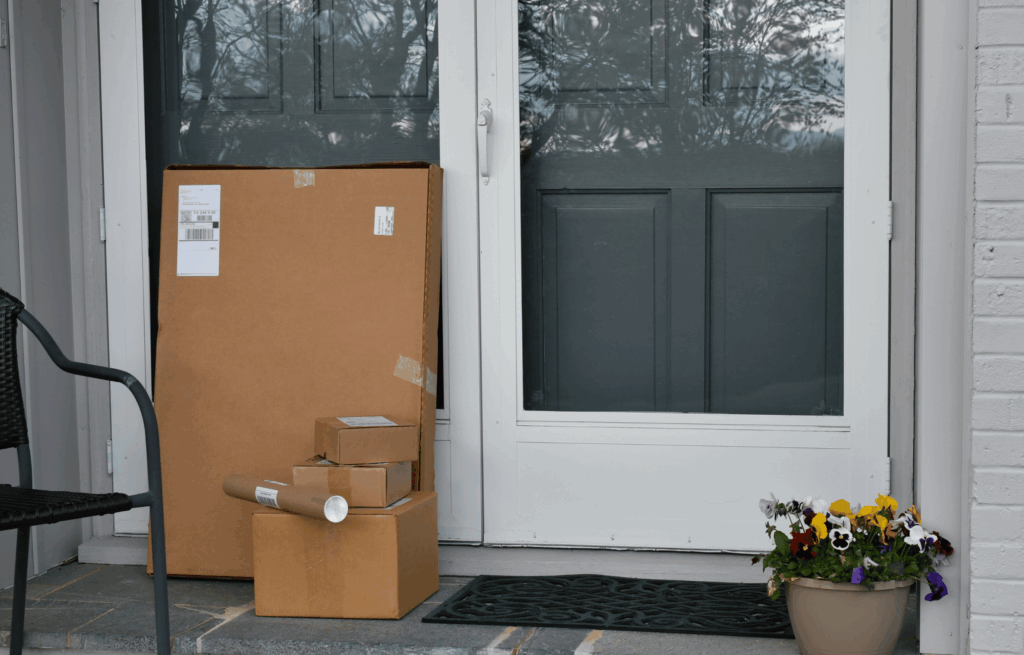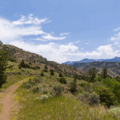Heading out on the road for a month or more is exciting. Whether you’re exploring national parks, chasing cooler weather, or visiting friends across the country, a long RV trip offers freedom and adventure that shorter vacations can’t match.
But if you’re a part-time RVer, it comes with unique challenges. Unlike full-timers, you’ve got a sticks-and-bricks home waiting for you. That means two checklists: one for the road, and one for the house you’ll be leaving behind.
After a few extended trips ourselves, we’ve learned what works (and what doesn’t). Here’s a complete guide to preparing for a month or longer on the road without stressing about what you’ve left behind.
Step 1: Take Care of Your Home Base
Your RV may be your home-on-wheels, but your actual home still needs attention while you’re away.
Line up services:
- Landscaping: Mow, trim, or water—depending on your climate.
- Pool service: Keep water balanced and equipment maintained.
- Home watch: Many areas have professionals who will check in, bring in mail, and walk the property for peace of mind.
Prep the house:
- Set thermostats to save energy (but avoid extreme settings that could cause issues).
- Unplug appliances to prevent phantom drain.
- Empty the fridge and pantry of anything that won’t survive a month.
- Take out trash and recycling before you lock the door.
Pro tip: If this is your first time or it’s been a while, do a “mock departure” a few days before you go—walk through the house as if you were leaving today. You’ll catch little things you might otherwise forget.
Step 2: Handle Mail and Deliveries
Few things say “nobody’s home” like an overflowing mailbox or packages stacked at the front door.
Options include:
- USPS mail forwarding to a temporary address.
- Mail scanning services like Escapees or Traveling Mailbox.
- Neighbors or friends to pick up and hold items.
- Pause subscriptions like meal kits or magazines.
If you’re an Amazon regular, don’t forget to pause Subscribe & Save orders, or switch delivery to a locker location near your destination.

Step 3: Keep Finances Running Smoothly
Bills don’t stop just because you’re exploring. Make sure everything is set before you leave:
- Put all recurring bills on autopay (utilities, mortgage, credit cards).
- Double-check due dates to avoid late fees.
- Notify your bank and credit card companies of extended travel so your account doesn’t get flagged.
- Carry at least one backup card in case your primary card is lost, stolen, or frozen.
Step 4: Safety and Security
A little prevention goes a long way toward peace of mind.
- Smart cameras and doorbells let you check in anytime.
- Timers for lights keep your house from looking empty at night.
- Trusted neighbors/friends: Share your travel dates so someone can keep an eye out.
- Valuables and documents: Lock up or store securely before leaving. Or take them with you.
Step 5: Health and Prescriptions
Don’t get caught short when you’re a thousand miles away.
- Refill prescriptions early, or switch to a mail-order or national pharmacy chain.
- Carry copies of prescriptions and insurance information.
- Pack a small medical kit with basics for bumps, scrapes, or minor illnesses.
Step 6: Trip Planning on the Road
Longer trips aren’t just “set it and forget it.” Build flexibility into your plan:
- Buffer days: Life happens. A tire issue, weather delay, or an irresistible small-town festival can throw off your schedule. Give yourself wiggle room.
- Plan service stops: Identify RV-friendly gas stations, dump stations, and repair facilities along your route.
- Download offline maps: Service can be spotty in national parks and rural areas. Apps like Google Maps and RV Life let you download routes ahead of time.
If you’re towing, make sure your navigation avoids low bridges and tricky roads. There’s nothing worse than realizing your “shortcut” is a boat ramp.
Step 7: Emergency Prep
Nobody likes to think about it, but being ready makes everything less stressful:
- Keep roadside assistance info handy (Good Sam, AAA RV, Coach-Net).
- Store emergency contacts in both your phone and on paper.
- Pack a well-stocked first aid kit.
- Have basic tools and a quality jack in your RV.
Step 8: Balancing Life on the Road
When you’re away for weeks, balance is key:
- Stay healthy: Hiking, biking, or walking keeps you “trip-ready.” Balance indulgent meals with lighter ones so you’re not wiped out when it’s time to explore.
- Stay connected: Set aside time to check email, pay attention to finances, and stay in touch with family or friends.
- Stay present: Remember why you’re on the road—to make memories, not just check boxes.
Why This Matters
A long trip should feel like freedom, not like leaving a trail of loose ends. The more you prepare, the easier it is to fully enjoy the journey. Instead of wondering, “Did I pay that bill?” or “I hope the yard isn’t a jungle,” you’ll be free to soak in the hikes, sunsets, and roadside diners that make RV life so rewarding.
And here’s one last tip: don’t overthink it. Start with the basics, make a checklist, and refine it as you go. Each trip makes you better prepared for the next.
Planning a month-long RV trip as a part-timer is part adventure, part logistics. But with the right systems—autopay, home prep, mail forwarding, and a little emergency planning—you can travel with confidence.
The open road is waiting. Get your home base in order, pack your rig, and go make those memories.
💡 Have you done a month+ RV trip yet? What’s the one thing you always do before leaving home for that long? Share your tips in the comments—we’d love to add them to our checklist.



